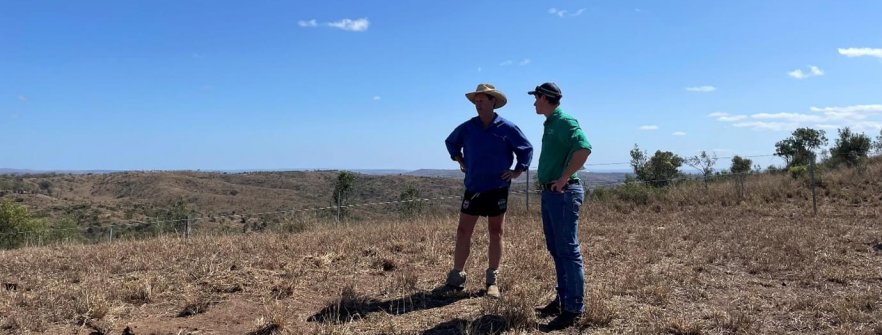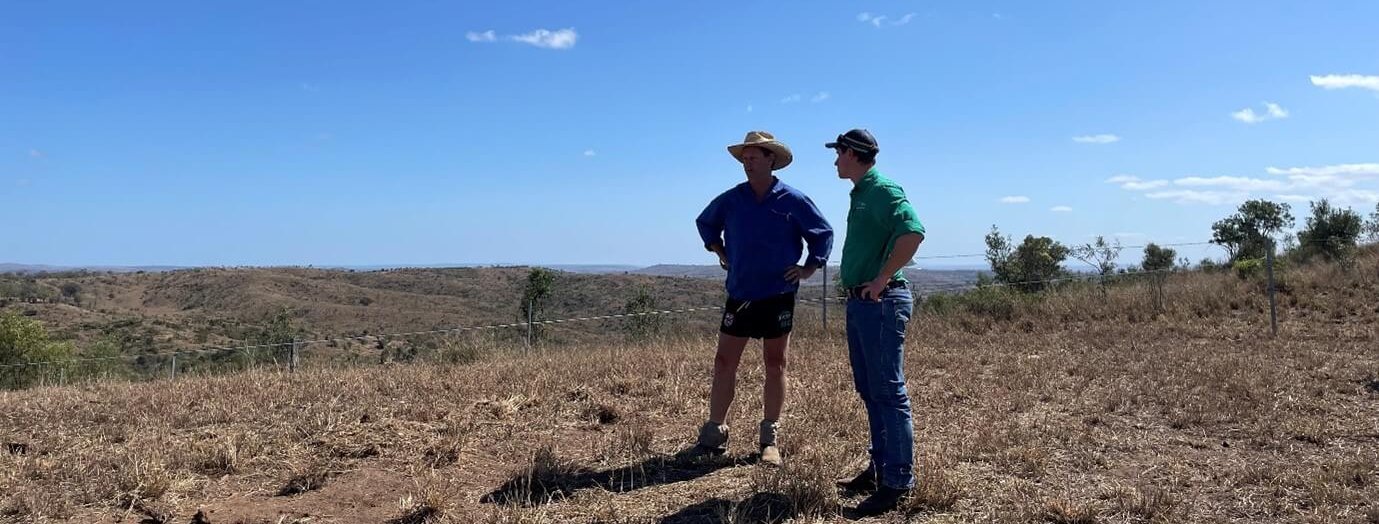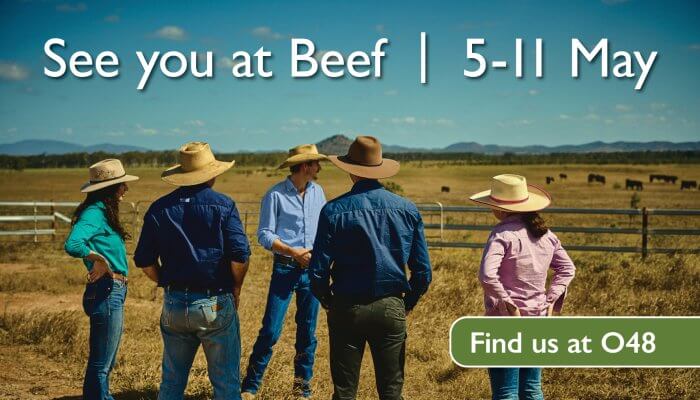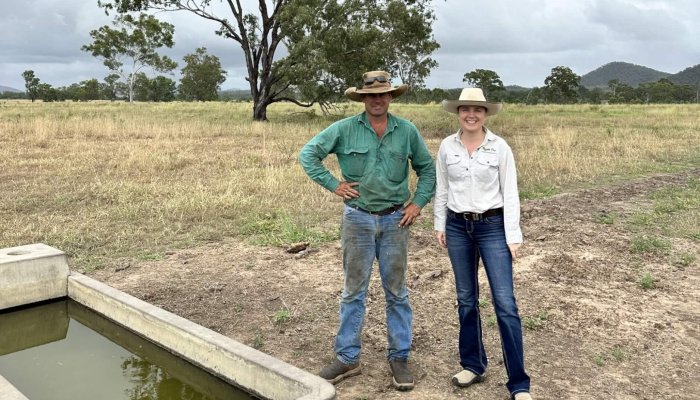
GRASS Program Integral to Land Restoration Goals
Posted on October 20th, 2021
In ten years, Pat and Becky Barron want to have restored their property to its full potential so they can live off their own land and step away from working in the mining industry.
Their property Allambee, is a 941ha grazing operation 30km south of Biloela and was in patchy and degraded condition when the Barrons bought it three years ago. With an eye to the future, they could see the potential and developed a strategy to turn things around.
Fitzroy Basin Association (FBA) has been working to develop and implement an action plan for land management through the Grazing Resilience and Sustainable Solutions (GRASS) program. This is assisting them to make significant improvements to the property.
The GRASS program supports graziers with areas of poor (C) or degraded (D) land condition to develop and implement a tailor-made action plan for land management. The action plan will provide graziers with the latest tools and information to identify, improve and maintain their land condition with a specific focus to improve ground cover and reduce soil loss from their farm.
When the property was purchased, it lacked fencing to manage grazing pressure and had few watering points, which led to low ground cover, undesirable species and overgrazing.
Generally being a grazier with lots of land is good, however with land in poor condition from years of overuse can create difficulties especially in highly variable climate; previously good productive land can be left badly degraded and unproductive.
Mindful of the benefits of the GRASS program, the Barrons were able to identify priorities for Allambee, benchmark areas for improvement and access tools and support to make changes to their management to improve the environment and economic viability.
They wanted to reduce the walk to water distance for cattle to even out grazing pressure. Also, being on hilly country, they also knew they had to slow down run-off with the goal of holding as much water as possible to rehydrate the land.
Their approach was to significantly reduce grazing pressure by implementing new fencing, watering, and rotational grazing strategies. After choosing an area of 605ha, two tanks and three troughs were situated in selected positions and fed by 1.6km of polypipe. Over 4km of electric fencing was installed to manage grazing specific to land type and regenerate their lighter forest country to help bring back native pasture species.
By changing Allambee from six large paddocks into 14 smaller paddocks, Pat and Becky began rotating cattle every four to seven days in line with GRASS program recommendations to allow paddocks to have spelling periods and improve ground cover.
Pat said that he hopes to make their country better overall so that during droughts and floods, Allambee will be resilient enough to remain in good condition.
“It actually gives me goosebumps knowing that I can give something back to the environment”.
“I don’t look at how much rainfall is coming anymore; I look at how much grass I have growing to feed my cattle,” he confidently concluded.
FBA land management officer Sally Alford was delighted to have worked with the Barrons.
“We are behind the Barrons and the GRASS program all the way and we truly believe they will achieve their goal of restoring the land back to full capacity,” Ms Alford said.
If you are in the Fitzroy region and want to learn more about the GRASS program and what it can do for you, contact the friendly knowledgeable staff at FBA on 07 4999 2800.
The GRASS program is funded through the Queensland Government’s Queensland Reef Water Quality Program and delivered by the Department of Agriculture and Fisheries (DAF), Burnett Mary Regional Group, Fitzroy Basin Association and NQ Dry Tropics.









